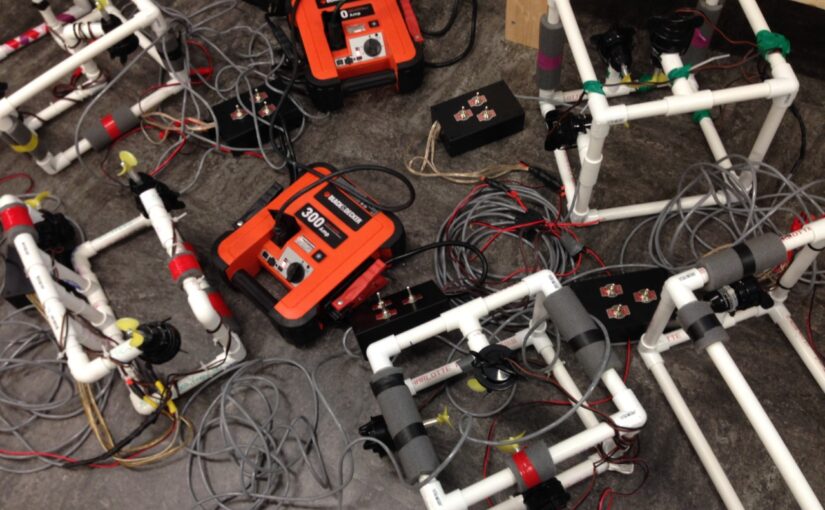With the advances in submersible ROV and AUV technologies, and increasing applications in marine science, underwater archaeology, marine geology, and industrial use, underwater robotics is a very relevant addition to a STEM curriculum. In this post we will discuss the why and how to develop an underwater robotics program at your school.
According to the USGS Water Science School (2019), “About 71 percent of the Earth’s surface is water-covered, and the oceans hold about 96.5 percent of all Earth’s water.” Yet the NOAA National Ocean Service (2021) states that “More than eighty percent of our ocean is unmapped, unobserved, and unexplored.”
In addition to the scientific value of underwater exploration, The United Nations Conference on Trade and Development estimates the value of the ocean economy at $2.5 Trillion.
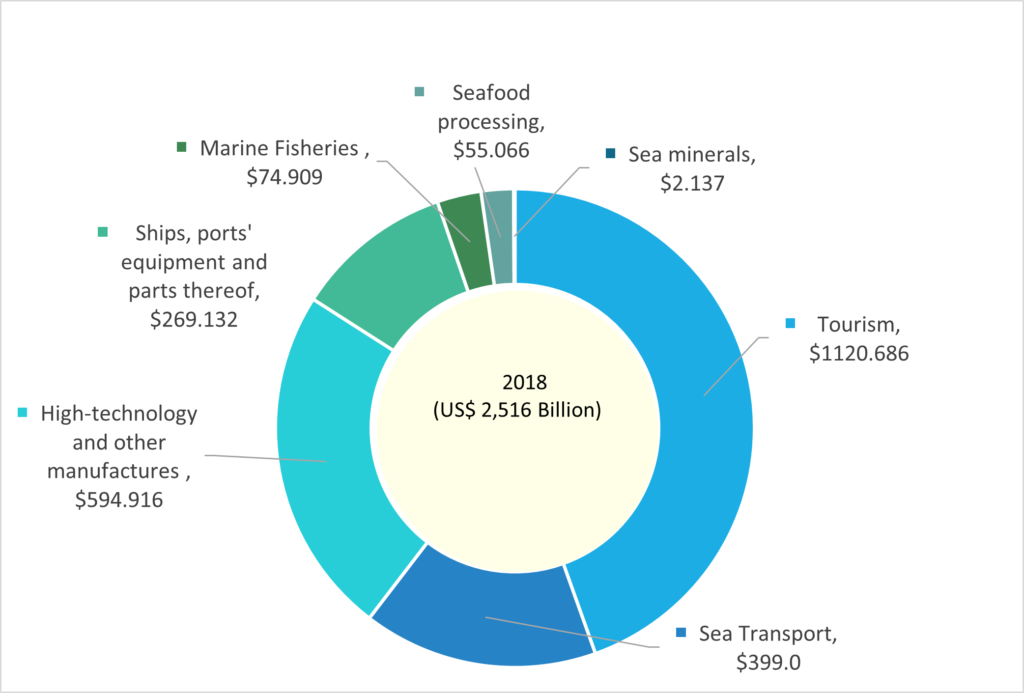
According to the World Bank, the blue economy is the “sustainable use of ocean resources for economic growth, improved livelihoods, and jobs while preserving the health of ocean ecosystem.”
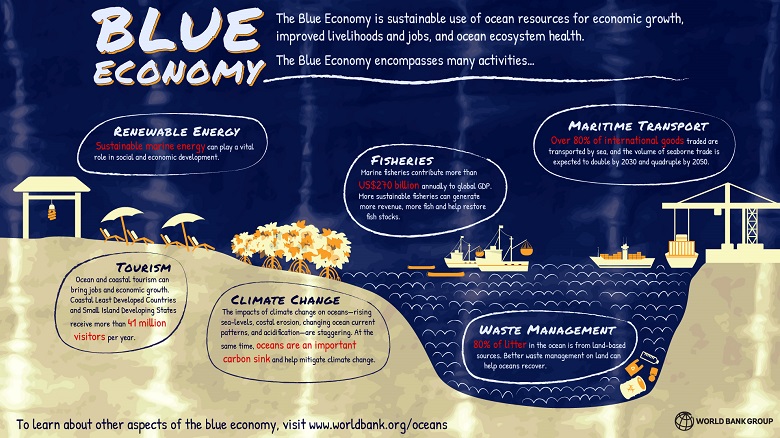
With the importance of earth’s water for the future of the planet and the integral role of ROV and AUV technologies, introducing students to underwater robotics is critical to inspire and develop the needed skills and knowledge for further study and careers in Subsea STEM. The opportunities for Innovation with global impact are endless.
The underwater robotics opportunities go beyond the expansive amounts of unexplored deep sea. My home State of Maine has approximately 6000 lakes and ponds, and approximately 5000 rivers and streams. Maine also has approximately 3500 miles of tidal coastline. Most schools will have local opportunities for students to explore.
Having underwater robotics capabilities at your school creates outdoor experiential learning and practical hands-on experience for students. Developing an underwater robotics curriculum provides collaborative opportunities with:
- Local Marinas
- Water Districts
- Environmental Organizations
- Seafood Farming and Aquaculture
- State and Local Fish and Wildlife Departments
- Higher Education
- US Navy
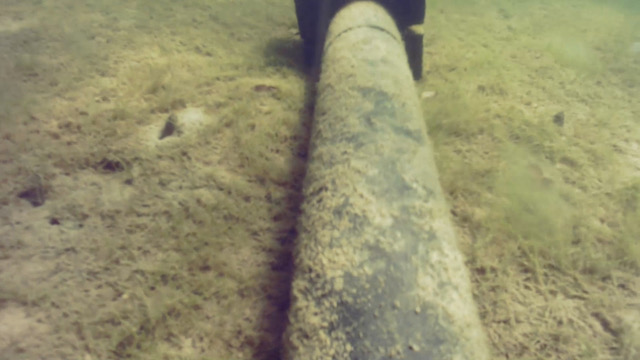
Underwater robotics can be easily integrated into your school STEM curriculum. PVC ROV kits are available at reasonable costs, and there are grants available for schools for marine science, STEM, and robotics. There are also underwater robotics competitions. Below are resources to help get a program started.
Offering an underwater robotics course will help inspire students to pursue in-demand Marine Science, Engineering, and other STEM majors and careers.
The premier ocean research and underwater robotics organization is the Woods Hole Oceanographic Institution. WHOI is a tremendous resource for ocean research, exploration, and education. WHOI offers K-12 resources on their website, as well as camps for students, and professional development resources for teachers.
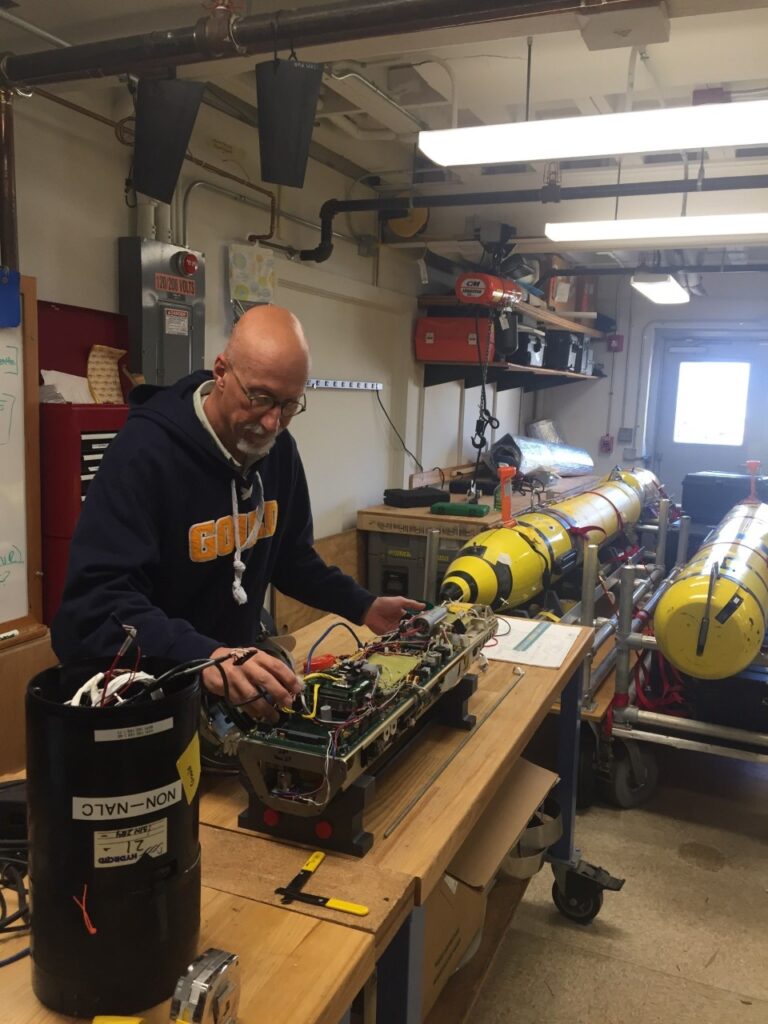
Submersible Types and Descriptions:
https://www.whoi.edu/what-we-do/explore/underwater-vehicles/
https://oceanexplorer.noaa.gov/technology/subs/rovs/rovs.html
Classroom Resources and Lesson Plans:
https://oceanexplorer.noaa.gov/edu/themes/underwater-robots/welcome.html
https://educationalpassages.org/ Not underwater specifically, but very relevant for ocean education. The “Miniboat Program empowers students to become citizen scientists and global ocean stewards”.
ROV AUV News sources:
https://www.unmannedsystemstechnology.com/category/news/uuv-news/
ROV Competition Resources:
https://materovcompetition.org/
ROV and ROV kit suppliers:
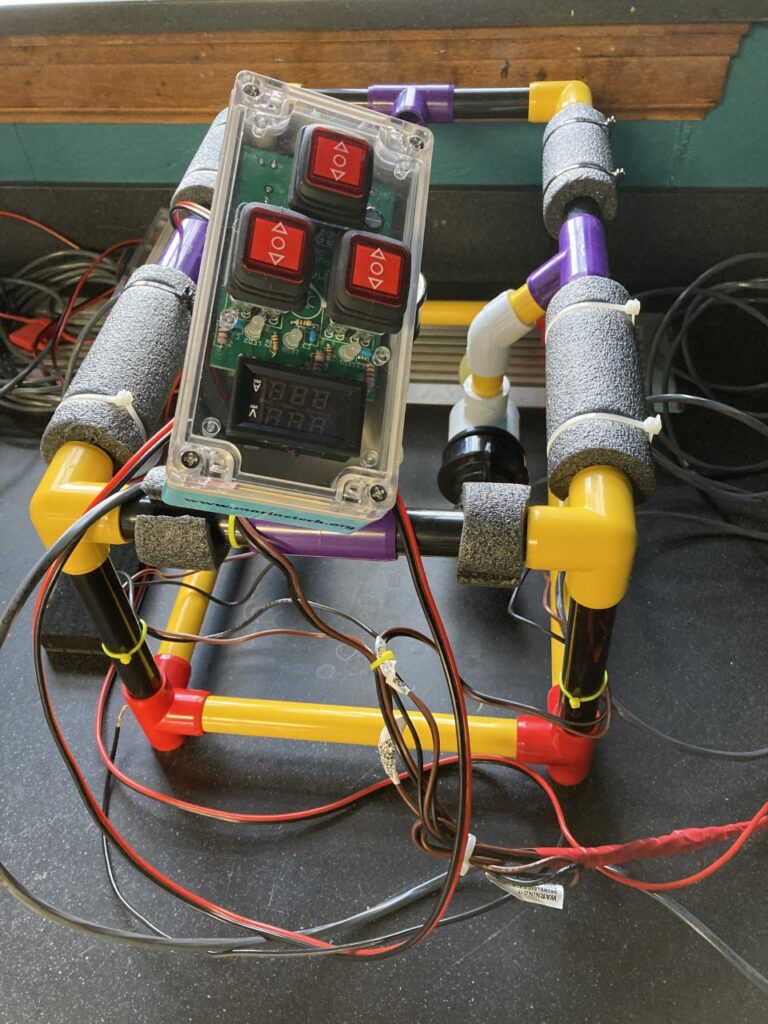
https://pvcrov.wixsite.com/pvcrov Basic kits without circuit board soldering. The PVC ROVs in the first photo were made from these kits.
https://bluerobotics.com I highly recommend this ROV. It is an excellent value with amazing capabilities.
https://formufit.com/collections/1-2-in-size-pvc Colorful PVC pipe and fittings. The Art component in STEAM.
https://shop.robonation.org/collections/seaglide SeaGlide is a miniature underwater glider designed to move by changing its buoyancy, taking in or expelling water.
Marine Science and Robotics Grant resources:
https://seagrant.noaa.gov/Funding
https://www.nrl.navy.mil/Doing-Business/Technology-Transfer/Educational-Partnership-Agreements-EPAs/
https://www.cmu.edu/roboticsacademy/Training/how-to-get-funding.html
https://kb.vex.com/hc/en-us/articles/4409969195412
References:
NOAA. How much of the ocean have we explored? https://oceanservice.noaa.gov/facts/exploration.html 02/26/21
USGS. How Much Water is There on Earth? https://www.usgs.gov/special-topics/water-science-school/science/how-much-water-there-earth 11/13/2019
UNCTAD. Ocean economy offers a $2.5 trillion export opportunity: UNCTAD report https://unctad.org/news/ocean-economy-offers-25-trillion-export-opportunity-unctad-report 10/26/2021
The World Bank. What is the Blue Economy? https://www.worldbank.org/en/news/infographic/2017/06/06/blue-economy 6/6/2017

